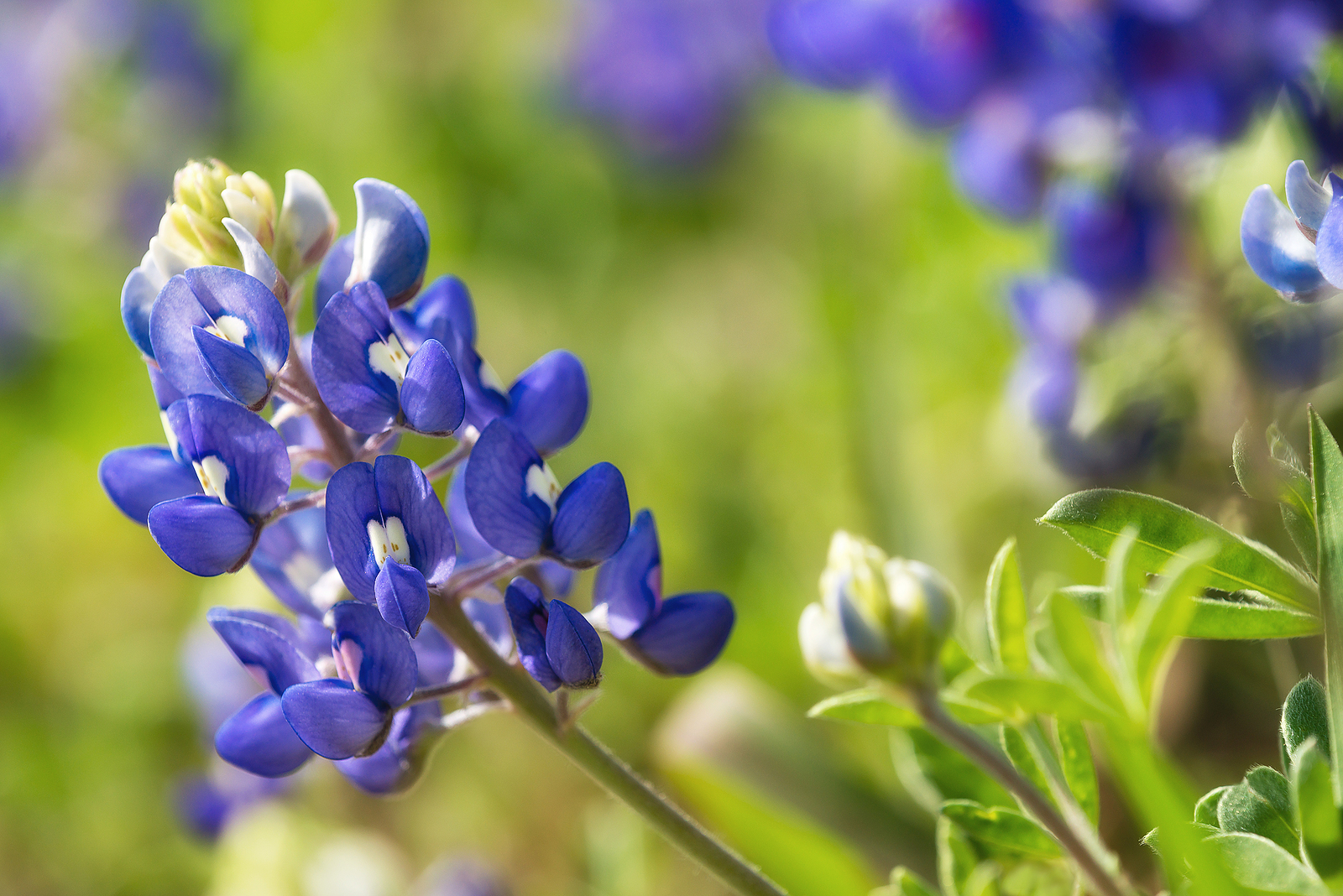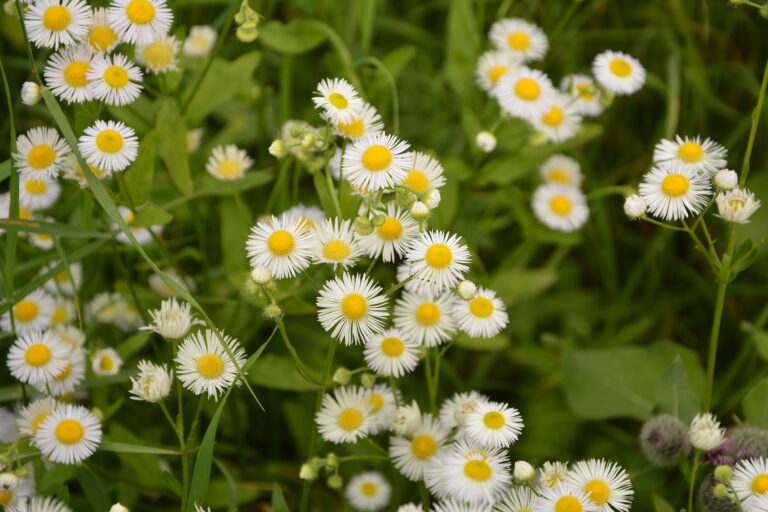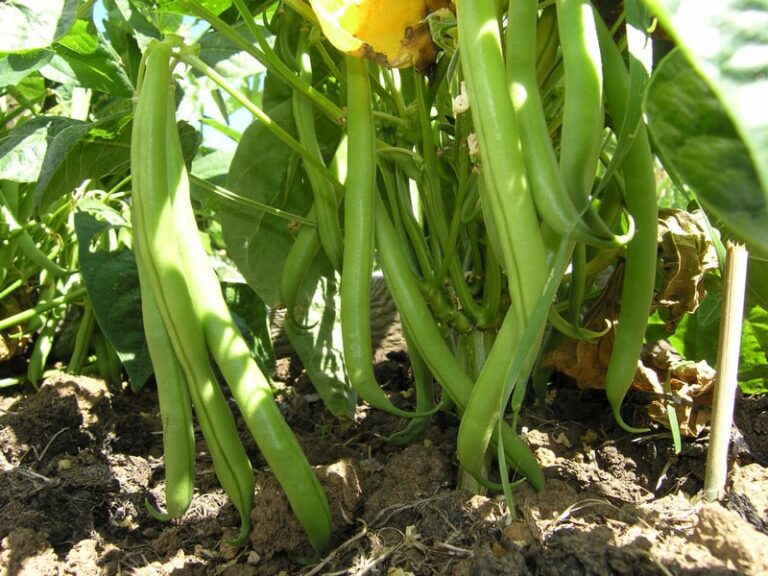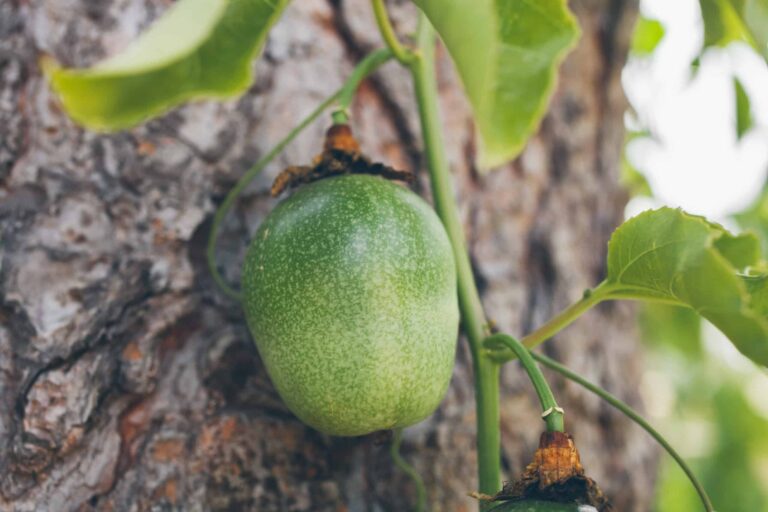How to Grow Texas Bluebonnet – Lupinus
Texas Bluebonnet, Lupinus texensis, bears blue, pealike flowers in midsummer. Flowers are borne on long, graceful spikes from 1 to 3 feet tall. Bluebonnets are a good fit for meadows and long drives. They quickly reseed and naturalize.

Get to know Texas Bluebonnet
- Plant type: Cool-season annual
- Growing Zones and range: 2-11
- Hardiness: Best in cool weather
- Height and width: 10” to 12” tall and wide
- Flowers: Pea-like blooms
- Bloom time: Spring and summer
- Uses: Wildflower gardens, meadows, along roads
- Common name: Texas Bluebonnet
- Botanical name: Lupinus texensis
- Origin: Grasslands North America
Where to plant Texas Bluebonnet
- Plant Texas bluebonnets in full sun to light shade.
- Texas bluebonnets will grow in average to poor soil.
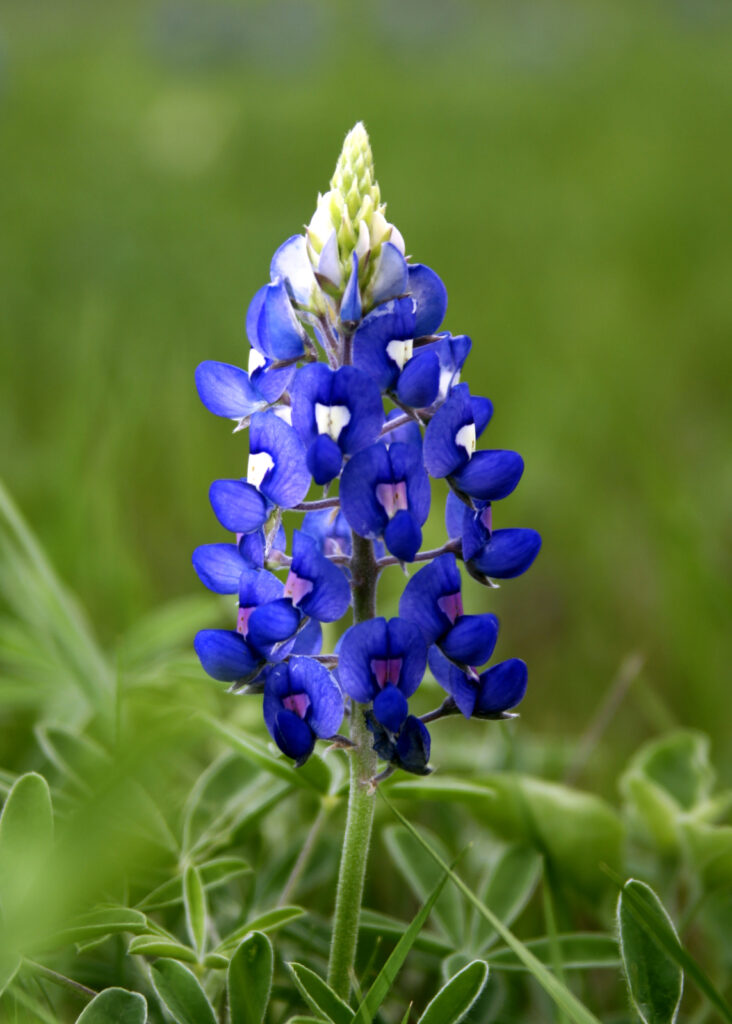
When to plant Texas Bluebonnet
- Sow Texas bluebonnet sees indoors 8 to 10 weeks before the last frost in spring in Zones2-6. Set plants in the garden when all danger of frost has passed. In Zones 7-11 sow seeds outdoors in the fall.
Planting and spacing Texas Bluebonnet
- Space Texas bluebonnets 10 to 12 inches apart. Bluebonnets will not bloom well if crowded.
How to water and feed Texas Bluebonnet
- Texas bluebonnets need moderate water; keep the soil evenly moist.
- Fertilize Texas bluebonnets lightly in spring if at all.
Texas Bluebonnet care
- Texas bluebonnets easily reseed.
Texas Bluebonnet pests and diseases
- Fungal and bacterial spots, downy mildew, powdery mildew, rust, stem rot, and damping off can occur.

Texas Bluebonnet propagation
- Sow seed in spring or autumn. Soak seed for 24 hours before sowing.
- Lupinus texensis easily reseeds.
Texas Bluebonnet variety to grow
Lupinus texensis erect to spreading, bushy annual, mid-green leaves are hairy beneath; pea-like, deep blue to blue purple flowers 1/2 inch across are borne in compact, crowded racemes; grows to 12 inches (30cm) tall.

